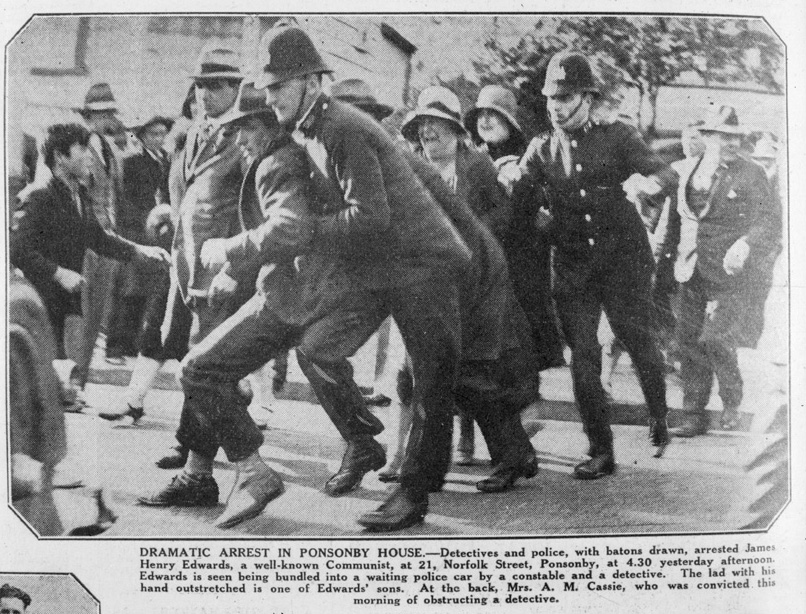Wellington City councillors and mayor have come off the fence in favour of a regional super-city. This will please Key’s government.
One outcome of the triumph of neo-liberalism over most of the globe has been attacks on local democracy. The death of Margaret Thatcher in April recalled to mind her hatred of local councils. The right-wing detests the idea of the democratic, local, collective provision of public services. They detest it doubly when councils are composed of members elected from, and accountable to, working-class communities. They detest such “municipal socialism”.
ACT’s deal with National after the 2008 election was to be allowed to have a shot at a pet-hate. The local government ministry was handed to Rodney Hide, who proceeded to push through the Auckland super-city. Super-cities are the government’s preferred model. In Auckland a mayor and only 20 councillors for a population of 1.5 million is a tiny level of representation. There is no ‘local’ in this form of local government. The democratic deficit is supposed to be made up by a second tier of community boards, but these boards are powerless without money, staff or a real role.
After the Auckland super-city, the next stages of National-ACT’s programme of deforms have continued to unfold. The Local Government Act 2002 Amendment Act 2012 was passed in December last year. This new legislation’s main effects are to:
- Limit what local councils may do
- Cap councils’ abilities to borrow and raise rates
- Attack council jobs and pay. (Mayors and councillors are made directly responsible for setting policies on staff numbers and pay, and are required to report pay information in annual reports in bands of $20,000. This will allow league tables to be compiled in future to expose councils that pay their workers “too much”.)
- Make it easier for council amalgamations to succeed.
The way for amalgamations is eased by reducing the public’s say. Previously, majority votes in public polls were needed in each of the areas proposed for amalgamation. For example, it was proposed that Nelson City Council and Tasman District Council amalgamate. In the polls in April 2012 Nelson electors voted in favour, but Tasman voted against and the amalgamation fell.
After December’s law change the public does not automatically have the right to a poll. To get a poll now requires a petition signed by 10% of electors in any council district involved and there will be only 60 working days to gather the petition. If a petition succeeds a poll will be taken across the whole area proposed for amalgamation, instead of separate polls in each district, which will make it difficult for smaller areas to prevent being swallowed by bigger ones.
Under Wellington City Council’s proposal there would be a reduction in the number of elected representatives to from the current 76 mayors and councillors to just 30. There would be about 15,500 residents per councillor. To put the representation in perspective, the average ratio of councillor to population in the UK is one per 3,789 people, and the UK’s ratio is one of the highest in Europe. Super-large constituencies not only make a mockery of local representation but they are expensive to contest, an advantage to the wealthy.
The aim of local government deform is to break the links between working-class communities and their local representation. Not only that, but the government plans to give mayors dictatorial powers that will devalue the role of councillors. Another dilution of democracy that has been mooted is to extend the terms of office from 3 years to 4. All this is a recipe for remote local government in which bourgeois policies of low spending and privatisation will be under less resistance from pressure from below.
The Wellington proposal may be one of several submitted to the local government commission. At some point in the year from now it is likely that the defence of local democracy in the region will begin with an effort to get the 10% petition.








